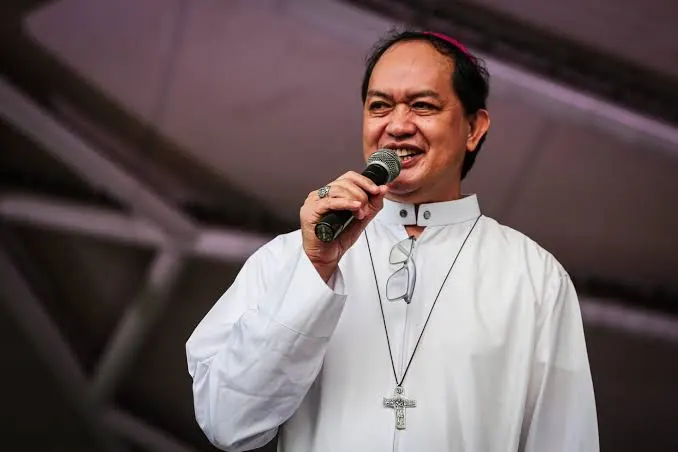As the sun peeks over the horizon on January 9, 2025, throngs of devotees fill the streets of Quiapo, Manila, in jubilant reverence for the Feast of the Black Nazarene. This deeply embedded tradition is a testament to Filipino resilience and faith, and transcends mere religious observance and activity; it serves as a poignant reminder of the Filipino devotees’ unwavering faith, hope, and love for governance, social and spiritual responsibility.
The Black Nazarene, a dark statue of Jesus Christ carrying the cross, is more than an icon of Christianity in the Philippines. It symbolizes the struggles of ordinary Filipinos, who find solace, strength, and inspiration through their devotion. Every year, millions gather to participate in a procession that has become one of the largest religious events in the country, a vibrant display of fervor and unity despite the evolving landscape of Filipino spirituality. A Beacon of Faith and Community In a world where declining religiosity and the rise of the digital age often drown out traditional beliefs, the Feast of the Black Nazarene offers a critical space for reflection and reconnection. For many Filipinos, the event is a call not just to personal reflection but to collective action.
As devotees make their way to the Quiapo Church, prayers and intentions flow around them, uniting participants in a shared desire for a better society. “As we carry the particular struggles of our everyday lives, we also carry hopes for our leaders,” says Father Antonio Cruz, a local priest who regularly participates in the festivities. “This gathering encourages us all to reflect on the need for accountability and moral governance.” Indeed, the Feast of the Black Nazarene prompts conversations about the ethical responsibilities of those in power, urging citizens to engage more deeply in the democratic processes.
Anticipating Modern Challenges Yet, as revelers celebrate, there is an ongoing conversation regarding the significance of the feast in the face of modernity. The decline in religious participation among younger generations poses challenges to sustaining traditions like this. Many youth find themselves entrenched in the digital landscape, where immediate gratification often trumps spiritual reflection. But the persistence of the Black Nazarene’s influence and resiliency suggests a capacity for adaptation. Social media plays a crucial role in attracting younger crowds to the event, as hashtags and live streams offer new ways to engage with the traditions, broadening participation across various platforms. This digital engagement allows for a dynamic interplay between faith and modern life, helping to keep the spirit of the feast alive in an ever-changing world. “The Black Nazarene’s message of hope is universal, and its relevance can transcend the medium we use to express it,” says a local devotee and a university student participating in her first procession. “It’s about the values we carry, and we can share those values online just as passionately as we do in person.”
A Call to Action for Good Governance Importantly, the feast also serves as a wake-up call regarding the critical state of governance in the Philippines. As the procession winds through the streets, it is not just an occasion to celebrate faith but also a reminder of the collective responsibility everyone shares in nurturing a just society. This year, amidst stirring prayers for personal and communal healing, many participants feel a renewed sense of purpose to demand transparency and integrity from their leaders. “What the Black Nazarene teaches us is that with faith comes responsibility,” Father Cruz adds. “It is our duty as Christians to ensure that our government reflects our values of compassion, justice, and accountability.” The resonant cries for “Viva Señor!” echo not only as a declaration of faith but as a demand for the principles of good governance to flourish.
A Tradition for Future Generations as the festivities unfold, it becomes increasingly clear that the Feast of the Black Nazarene is not merely a relic awaiting extinction. Instead, it signals resilience, community, and an unwavering vow to uphold values that will guide generations to come. In a time where skepticism towards institutions looms large, the feast is a hopeful reminder of the transformative power of faith when coupled with collective social action. As the Filipinos worldwide, embrace the spirit of the Black Nazarene today, they pave the way for a future where faith, hope, and love continue to guide their pursuit of a better society. On this day, as prayers rise amidst the joyful cacophony of devotees, the Black Nazarene stands as a testament to the enduring spirit of the Filipino people—a living embodiment of their hopes for good governance and a call to fulfill their social responsibilities. Indeed, the feast will survive the tests of modernity.
Viva Señor Hesus Nazareno!!




